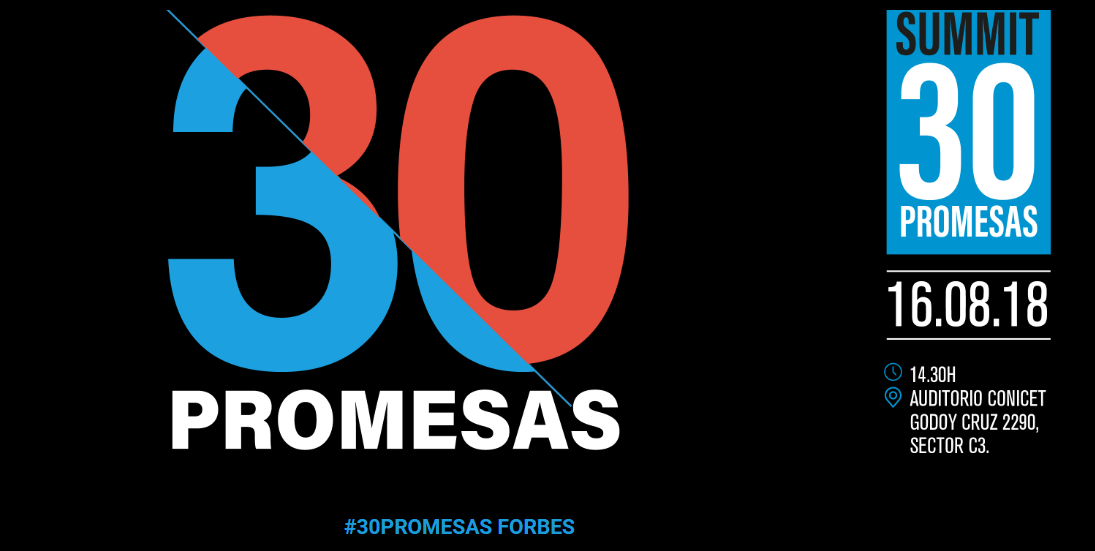According to our 2019 Report of Remote and Independent Work, one of the three main reasons that professionals opt to work freelance is the possibility of choosing in which projects to invest their time, effort, and talent.
This fact is not at all surprising, considering that one of the main characteristics of Generation X was the gradual elimination of the difference between work and personal life. In other words, work began to be part of people’s identity, and they increasingly became concerned with devoting themselves to something they were passionate about. This change had already taken root by the time Generation Y (aka Millennials) entered the workforce.
So, let’s discuss a concept that is becoming more and more important at Workana: job matching in the digital age.
You’ve most likely heard of the well-known “data matching” concept. Simply speaking, it’s one of the machine learning functions that through algorithms and data analysis allows platforms like Netflix, Spotify, or Amazon to make more personal recommendations according to your preferences.

Recently, we’ve seen what an extremely important role data matching is going to play for new remote work and freelancing systems. Good job matching is what will allow independent professionals to find more and better projects that are a perfect fit for their skills and specialization.
Job matching obviously has a virtual dimension: the digital footprint that you generate will determine the type of clients and projects that come to you; but it also will continue to have a strong human component. That is, your professional algorithm is complemented by the active effort you make to leave a fantastic impression in the right places.
Let’s get right down to the facts.
Examples of data matching in everyday life
In order to understand job matching a little better, let’s take a look at some examples of how traditional data matching works in our everyday life. Although we may not realize it, we are being strongly influenced by thousands of algorithms designed to bring to our screens the services, content, and products that are best suited to our needs and lifestyle.
An explanation of the complex data analysis algorithms and machine learning is beyond the scope of this article. However, through intuition we know that behind those notifications and personalized recommendations that come to us every day, there’s a type of artificial intelligence that seems to know us better than we know ourselves.
For example, if you use entertainment platforms such as Netflix, Spotify, or YouTube, you may remember that at the beginning you spent a lot of time actively searching for series, music, or videos that you’re interested in, among hundreds of options. But, when was the last time you did that? Surely now that you have been using them for some time, these apps know you so well that you just need the recommendations they make for you at the beginning, right?

The content that shows up in your social media newsfeed follows a similar principle. The posts, news, and advertisements that get to you aren’t random, but rather respond to an algorithm that puts in front of you what’s most likely to interest you and improve your user experience.
Finally, we can’t leave out Google, which is not only the king of search engines, but also the king of data matching. If you don’t believe it, just tell the voice assistant on your cell phone that you feel like eating pizza today. In a matter of seconds, the system will help match you to the nearest open pizzeria with the best reviews.
As you can see, data matching not only saves us a lot of time searching and choosing, but it is also an extremely powerful tool in terms of macro and micro economy.
How do data matching applications apply to your work life?
As a freelancer, you’re basically a provider of independent services that needs to find and be found by your target audience. We could define successful professional matching as the construction of a digital and life algorithm that would put you in front of projects that are increasingly more in line with your career goals.
Unlike traditional matching, which is primarily based on your user profile and online consumption patterns, your data matching as an independent professional has at least two dimensions: your digital footprint, and the passive data available, such as the contacts you make for each project and the objective quality of your work. What you claim to offer and what you actually offer are both factors.
Three essential guidelines for professional matching

1. Become specialized.
According to Natalia Werner, our content leader, a fundamental part of good professional matching is specialization. As freelancers, we aren’t looking for just “any client” or “any project,”—we want to find a project we love, that lines right up with what we’re passionate about.
To achieve this, we should have a clear vision and know how to clearly communicate what makes us different, what makes us stand out from other freelancers—and we should stay in a constant state of professional growth to become the best specialists in our field.
2. Leave a human and digital footprint.
Your digital footprint is everything that leaves a record of your online activity. If you’re a freelancer, your professional digital footprint is essential for your presence, relevance and authority, and is something that should occupy a good amount of your attention.
Your profile on platforms such as Workana, your professional profile on social media, and the key words of any professional website you have should be crafted precisely so that the client who is looking for a specialist like you can find you as easily as possible.

But, the work doesn’t stop there. The goal is not only data matching, but spectacular results from that matching, which builds client trust. The goal is to consolidate your professional algorithm by rehires and permanent recommendations from each one of your satisfied clients.
3. Actively seek out what you’re passionate about.
Most of us start out in the freelancing world with very general jobs and projects. But, little by little, we start to home in on what we like the most or what we’re best at.
Reaching the long-term objective that each of the projects we commit to is exactly what we want implies constant work and effort to change the “same old projects” to more specialized and better paid projects that we are happier with.

As you can see, these three recommendations aren’t isolated, but rather come together to build an algorithm that works behind the scenes to maximize your data matching so you can get the best projects.
At Workana, we work every day to make our platform the highest quality tool to help you achieve this goal. We’re doing our part so that you can just focus on giving those incredible results that make you a high-ranking freelancer.
—
You may also be interested in:
- Benefits of data matching
- Master your communication with clients and get hired to work on more projects
- What Do Clients Expect from Freelancers’ Proposals?
- Freelancers Top 5 Well Kept Secrets to Getting More Clients
- Start working as a Freelancer: Do’s and don’ts when trying to get a freelancer project





